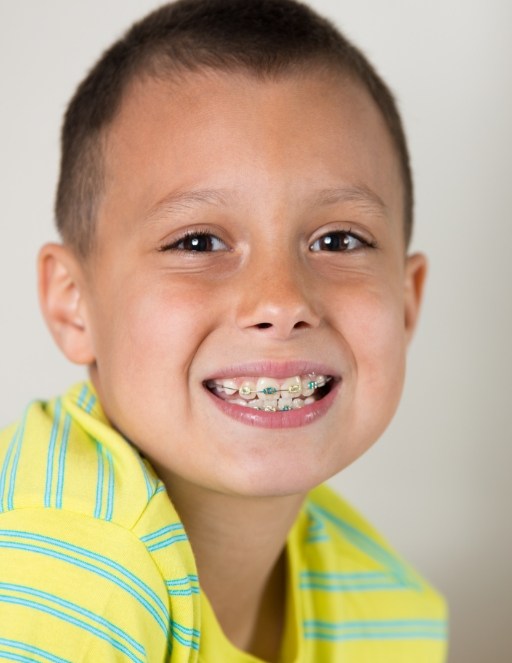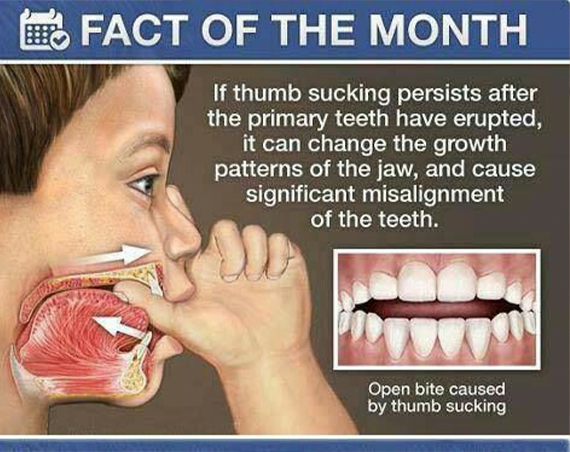Phase 1 Orthodontic Treatment – Houston, TX
Minimizing the Need for Extensive Future Orthodontic Intervention While Enhancing Airway Function

Our team at Hall Orthodontics & TMJ as well as the American Association of Orthodontists recommends that children receive their first orthodontic evaluation at seven years old. This is because Dr. Hall offers early intervention with Phase 1 orthodontics in Houston to address more serious cases of bite misalignment, crowding, and rotation. This allows your child to avoid needing more extensive and invasive orthodontic treatment as a teenager. Call our office today to learn more about Phase 1 orthodontics and whether your child can benefit from it.
Why Choose Hall Orthodontics & TMJ for Phase 1 Orthodontic Treatment?
- Over 28 Years of Experience with Interceptive Orthodontics and Growth Modification
- We Accept & Maximize Dental Insurance Plans
- Orthodontic Treatment Options for Patients of All Ages
What Is Phase 1 Orthodontics?

Phase 1 orthodontics is for children who don’t yet have all of their permanent teeth and whose facial structures are still developing. Typically, the process consists of orthodontic appliances that could include expansion appliances, space maintainers, and sagittal expanders. What type of early intervention your child will need will depend on the unique orthodontic problems they face, such as dental crowding, tooth spacing, bite alignment,and jaw development. This phase of your child’s orthodontic treatment typically lasts about 12 months.
Does My Child Need Phase 1 Orthodontic Treatment?

Your child could benefit from Phase 1 orthodontics if:
- They have crowded, crooked, or excessively spaced teeth.
- They have protruding teeth.
- Their bite doesn’t fit together correctly.
- If they snore or grind their teeth at night.
- They have habits that can impact their orthodontic health, like thumb-sucking.
- They have problems breathing comfortably.
- They have speech impairments.
- They have adult teeth that can’t grow in past their baby teeth.
Whether you notice these signs that could point towards the need for early interceptive orthodontics, bringing your child in for a comprehensive examination is always an excellent idea!
What Happens After Phase 1 Orthodontics?

Phase 1 orthodontics is typically completed within nine to 12 months, and once their treatment is finished, they’ll have some time before beginning Phase 2. This is typically geared toward correcting the alignment of their permanent teeth and is usually recommended to be started around the age of 10 to 12 years. This is when most of their permanent teeth have grown in, and they no longer have their baby teeth. In some cases, Phase 2 intervention may not even be necessary if their orthodontic issues were able to be completely addressed during the previous phase of treatment.
